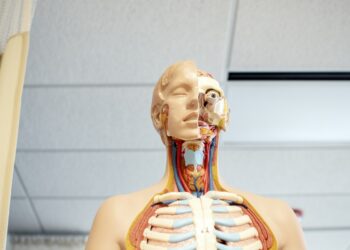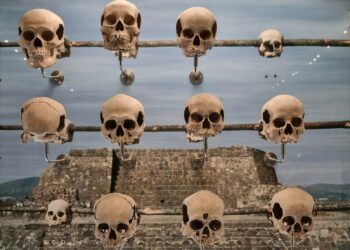What year was the first permanent photograph, “View from the Window at Le Gras,” created?

1822
1826
1837
1844
Who is credited with inventing the daguerreotype process, the first publicly announced photographic process?

Henry Fox Talbot
Louis Daguerre, in collaboration with Nicéphore Niépce
George Eastman
Nicéphore Niépce
Which of the following materials was not used as a photographic medium in the 19th century?

Glass
Metal
Wax Paper
Plastic
The calotype process, which allowed for multiple copies of a photograph to be made, was invented by whom?

Thomas Wedgwood
Henry Fox Talbot
Joseph Swan
Alphonse Giroux
What is the name given to the first color photographic process, invented in 1861?

Autochrome
Daguerreotype
Tintype
Maxwell’s Tri-color Process
Which invention is considered to have popularized amateur photography in the late 19th to early 20th century?

The Camera Obscura
The Kodak Brownie
The Daguerreotype
The Calotype
In what year did Eastman Kodak introduce flexible, transparent film, replacing glass plates?

1884
1888
1892
1901
What photographic process became popular in the mid-19th century for its durability and inexpensive production, primarily used for portraits?

Cyanotype
Ambrotype
Tintype
Daguerreotype
Who is considered the father of photojournalism for his documentation of the Crimean War in the 1850s?

Mathew Brady
Roger Fenton
Jacob Riis
Lewis Hine
What is the significance of the “Leica I” camera, introduced in 1925?

It was the first digital camera.
It introduced the 35mm film format.
It was the first camera to use roll film.
It was the first commercially successful portable camera that used standard cinema 35mm film.
What innovation did the Kodak camera introduced in 1888 offer to the world of photography?

The use of glass plates
The ability to take colored photographs
The development of the first digital camera
The use of roll film
Which of the following photographers is best known for their work during the Great Depression, capturing the struggles of American life?

Ansel Adams
Dorothea Lange
Edward Weston
Henri Cartier-Bresson
The “Brownie” camera, introduced by Kodak in 1900, significantly lowered the price of photography. What was its original cost?

$1
$5
$10
$20
In photographic processing, what does the term “fixing” refer to?

Adjusting the camera’s focus
The act of taking a photograph
Making the image on the film permanent
Coloring black and white images
What significant feature did the Rolleiflex camera, introduced in 1929, offer?

It was the first digital camera
It introduced the twin-lens reflex system
It was waterproof
It could capture 3D images
What is the name of the process that significantly improved the quality and durability of photographs, introduced by George Eastman in 1884, involving a gelatin emulsion?

Daguerreotype
Calotype
Gelatin silver process
Tintype
Who is credited with taking the first aerial photograph?

Felix Nadar
Lewis Hine
Edward Steichen
Ansel Adams
Which photographic technique, developed in the mid-19th century, uses egg whites to bind the photographic chemicals to the paper?

Albumen print
Cyanotype
Platinum print
Silver nitrate process
What was the main advantage of the Ambrotype over the Daguerreotype?
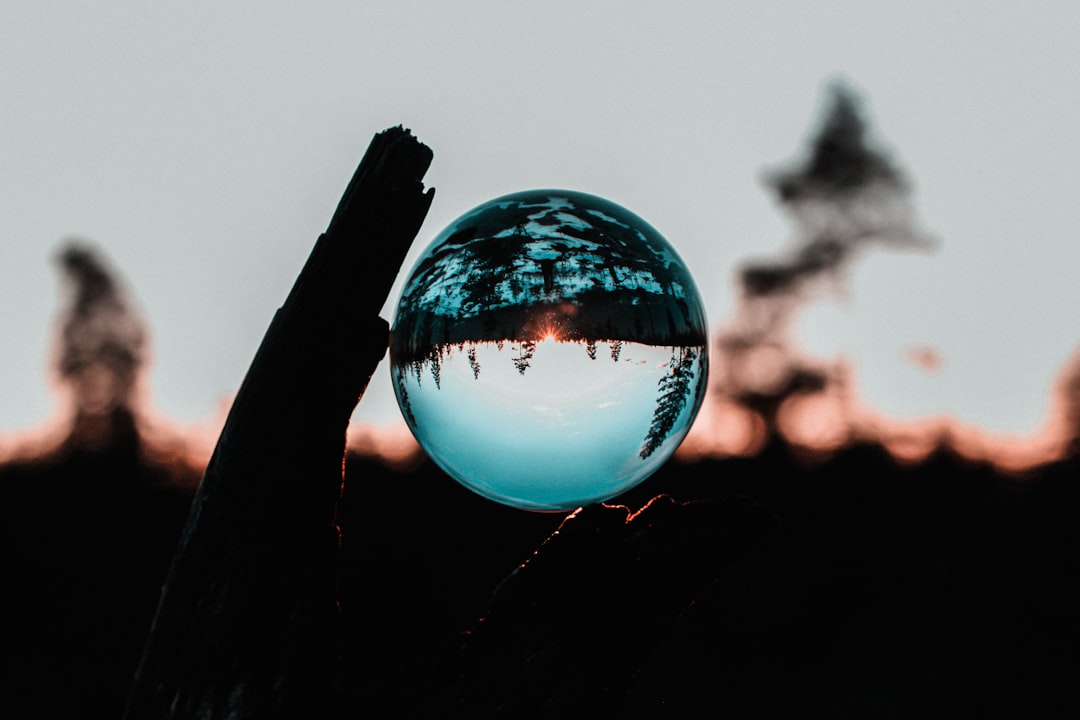
It was cheaper to produce
It offered color images
It was more durable
It allowed for larger prints
In the context of early photography, what is a “camera obscura”?

A dark room used for developing photographs
A camera model used in the 1800s
A device that projects an image of its surroundings onto a screen
The first digital camera
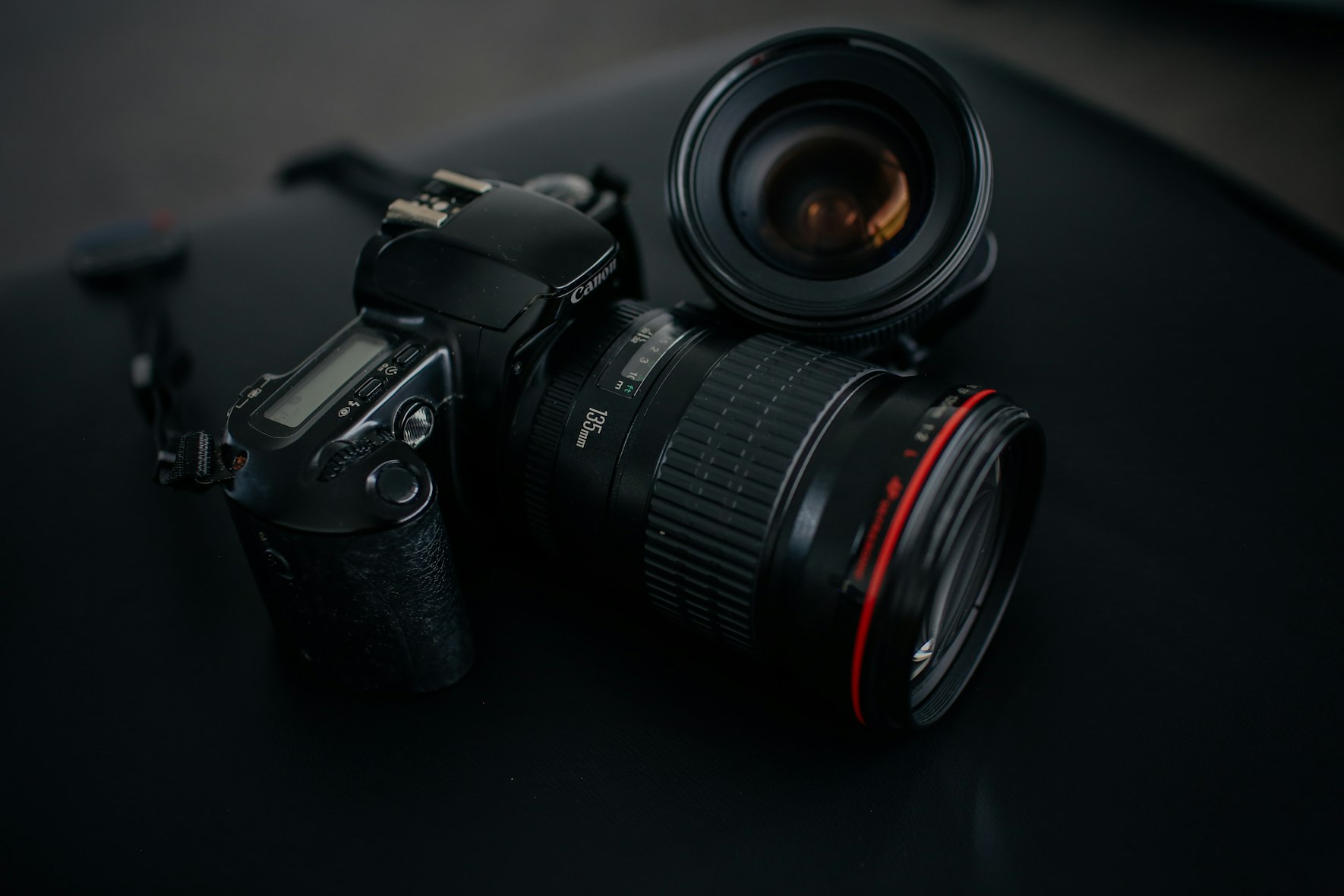
Beginner photographer
You have a lot to learn!
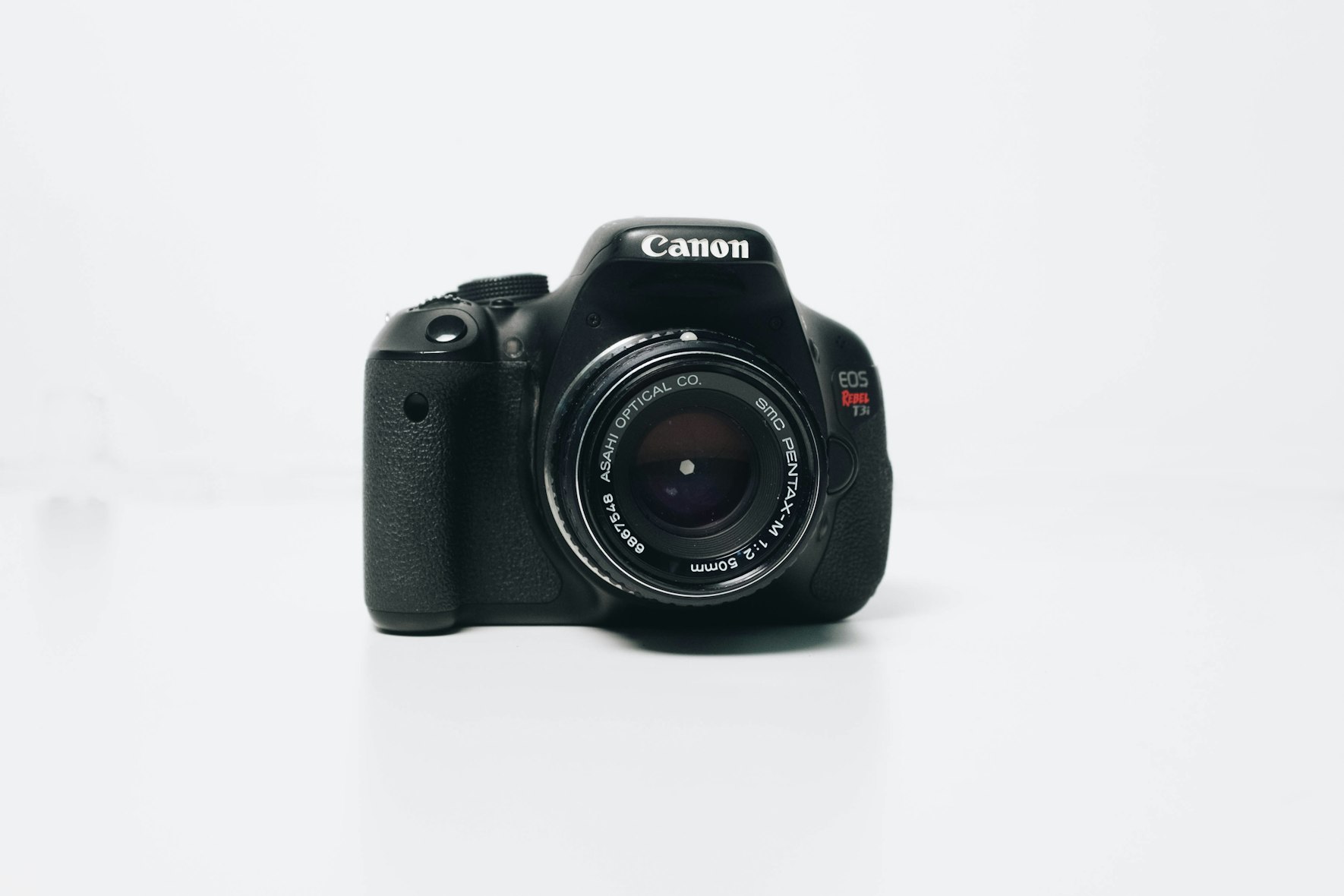
Photographer in training!
You’re getting there!
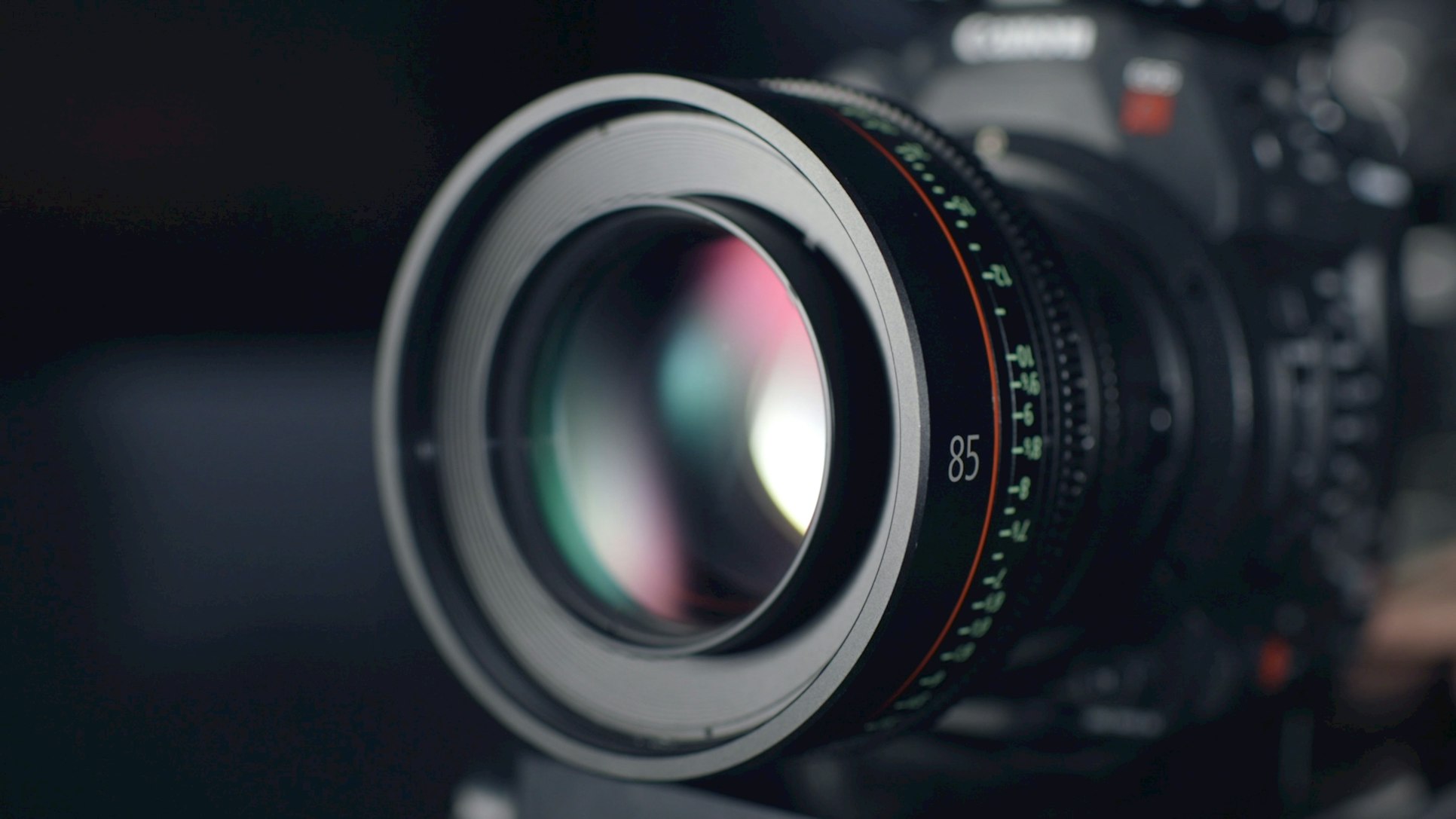
Pro photographer!
Congrats, you did a great job on this quiz!


